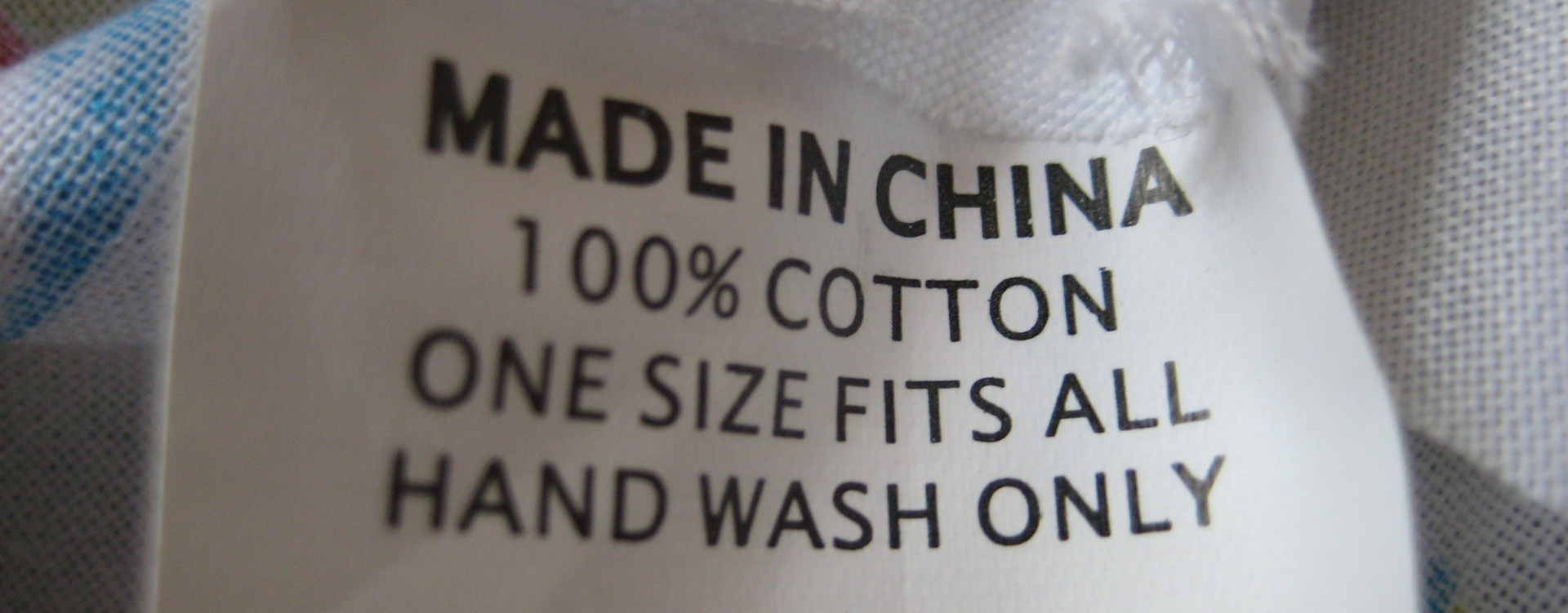Africa-China trade: openness without industry

Heavy reliance on Chinese imports and weak global value chain linkages are stalling Africa’s industrialisation.
Trade openness has long been considered essential to Africa’s development strategy, based on the idea that connecting to global markets catalyses industrialisation. Imports from industrialised economies can facilitate technology and knowledge transfer, while exports inject capital into the domestic economy. However, the benefits of indiscriminate openness remain contested, especially for countries with weak integration into global value chains (limited participation in international production networks), heavy dependence on raw commodity exports and reliance on imported finished goods.
One key indicator is Africa’s pattern of participation in global value chains (GVCs). The UNCTAD-Eora GVC Database indicates that most African countries are more involved in forward GVCs (exporting raw materials and intermediates) than in backward GVCs (importing inputs for local processing and re-export). This leaves them vulnerable to commodity price volatility and external shocks, while limiting opportunities for industrial upgrading. In contrast, East Asian countries, particularly China, are more active in backward linkages. They import large volumes of raw materials and intermediates to process for export, far outweighing their exports of unprocessed inputs.
Africa also faces a persistent trade deficit, an indication that its trade openness is skewed toward imports. For instance, in 2024, the continent’s trade-to-GDP ratio (44%) was ten percentage points higher than China's, yet it posted a trade deficit of roughly US$99 billion while China recorded a surplus close to US$1 trillion (Figure 1).
China has been the major contributor to Africa’s trade imbalance for the past decade (Figure 2). In 2024, Africa–China trade reached US$296 billion, constituting 22% of Africa’s total trade. A quarter of Africa’s imports came from China, but less than a fifth of exports went the other way, leaving Africa with a US$62 billion deficit, nearly two-thirds of its overall trade deficit. This imbalance could deepen as China seeks new markets to absorb industrial overcapacity amid tensions with the United States (US).
In 2024, China accounted for 22% of Africa’s trade and 63% of the continent’s trade deficit
About one-third of Africa’s imports from China are concentrated in South Africa, Nigeria and Egypt. South Africa stands out as China’s largest African market and accounts for over 12% of the continent’s trade deficit with China, underscoring the scale of the bilateral imbalance. Exports to China are even more concentrated, with over half originating from Angola, South Africa and the DR Congo, comprising mostly oil, cobalt, copper, ore, slag and ashes.
By contrast, Africa has sustained a consistent trade surplus with the US (Figure 3), supported in part by the African Growth and Opportunity Act (AGOA). This shows how Africa’s trade outcomes differ sharply by partner. Be that as it may, Africa-US trade relations face uncertainty due to shifting US trade policies and recent tariff disputes. With AGOA set to expire, African leaders must prioritise its renewal while also pursuing new partners and deeper intra-African trade. Diversifying trade partners and fully implementing the African Continental Free Trade Area (AfCFTA) are paramount in today’s geopolitical environment, but maintaining preferential access to major markets like the US and Europe remains equally important.
Another challenge in Africa-China trade is that the domestic producers do not control a significant portion of Africa’s exports, but by Chinese-owned firms operating within the continent. The majority of earnings ultimately flow back to these foreign investors. For most African governments, the benefits are confined to resource rents (royalties, taxes and trade duties), leaving the actual value retained in Africa far below headline export figures.
Hence, China’s recent offer of duty-free access to imports from 53 African countries is primarily aimed at securing advantages for Chinese investors to import raw materials from Africa, rather than genuinely opening its domestic markets to African producers. African producers still face steep non-tariff barriers, strict quality standards and entrenched competition in China’s market. African governments have tried to ban unprocessed commodity exports to promote local value addition, but such efforts are often thwarted. Chinese firms regularly push back by threatening to cut production and citing high energy and transport costs, pressuring governments to retreat from their industrialisation plans.
China’s duty-free access for 53 African countries does little to expand market opportunities for African producers, but reinforces China’s commodity-driven trade pattern
Africa’s trade imbalance with China raises critical questions about global trade rules. World Trade Organisation (WTO) rules generally prohibit blanket import bans or tariffs above agreed levels, yet Africa’s nascent industries struggle to compete against a flood of cheap Chinese finished goods. To ensure fair competition, the WTO should allow greater flexibility for Africa in applying safeguards or industrial policy measures. Temporary tariffs, quotas or other defensive tools could address persistent imbalances and give local firms space to grow. Without such measures, Africa’s industrial ambitions may remain elusive.
Ultimately, the onus is on African governments to turn trade openness into an engine for industrial growth through a multi-pronged strategy to foster industrialisation and a more balanced trade structure.
Special Economic Zones (SEZs) can drive Africa's shift from raw commodity exports toward value addition. Structured with tax holidays and other fiscal incentives to offset high energy and transport costs, they give investors the space to manage bottlenecks while committing to processing and manufacturing. This would boost the import of advanced intermediates, expand production capacity and generate local employment, reducing reliance on unprocessed commodity exports.
Harnessing Africa’s vast renewable resources (solar, wind, geothermal and critical minerals) is equally vital to power green industrialisation and attract investment in clean-tech industries such as batteries and electric vehicles. Such investments can support a reliable and cost-effective energy supply and a competitive green manufacturing sector.
With intra-Africa trade at just 15% compared to 67% in the EU and 58% in Asia, regional value chain integration is vital to unlock Africa’s 1.5 billion people single market. Regional value chains would allow African firms to specialise, trade intermediate goods and scale up competitiveness. The Zambia–DR Congo regional SEZ for electric vehicle battery production demonstrates that local beneficiation is viable through cooperation, countering foreign investors’ claims that local processing is unfeasible. Similar efforts are needed across Africa to strengthen industry, reduce external dependence and build resilient growth.
Trade openness will only foster development in Africa if it is coupled with strategic action. Governments must manage openness, whether with China or any other partner, in ways that nurture local enterprise, foster regional integration and upgrade the continent’s role in global value chains. Without such action, the continent risks remaining a market for others’ goods rather than an industrial hub in its own right.
Image: Angus Fraser/Flickr
Republication of our Africa Tomorrow articles only with permission. Contact us for any enquiries.






